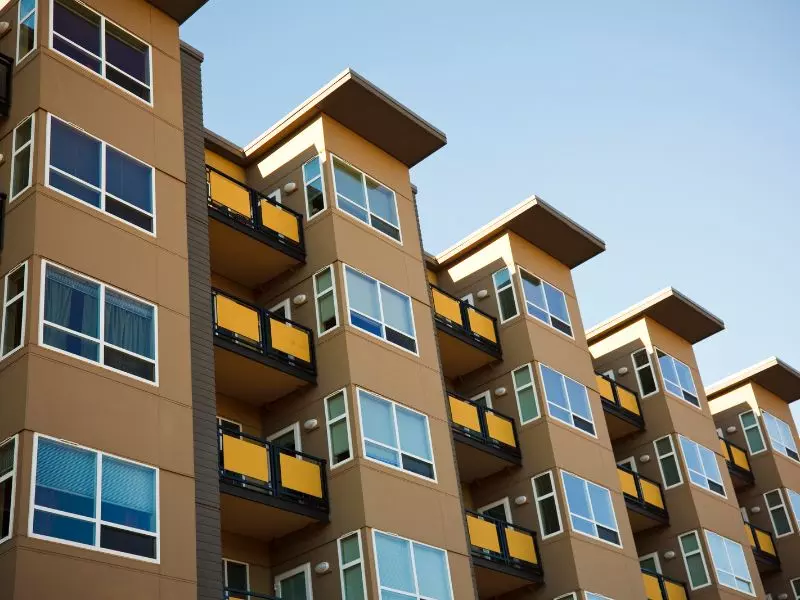
The framework of a building is essential to its structural integrity. In a condo with multiple living units, the safety of residents should also be taken into consideration, as an unsafe building will put them at risk. As such, choosing the right materials during the pre-planning stage is crucial.
When it comes to the wood framing of condos, wood or concrete are the two primary materials that are used. Both have their own benefits and drawbacks, which can make one material more suitable for a particular project than the other. In this article, we will take a look at both wood and concrete in framing, and outline the pros and cons of each material. We will also discuss cost implications, so you can make an informed decision about which material is right for your project!
Wood Framing for Condo Construction
Over the past couple of years, wood has seen a resurgence in popularity for reasons ranging from the price of lumber to aesthetics and design. Its popularity in construction framing is due to its versatility, affordability, and availability. It is easy to work with and can be used in a variety of ways.
Another advantage of using wood for construction framing is that supply chain issues notwithstanding, it's a lot easier to procure and kinder on the environment. Concrete on the other hand is difficult to manufacture (and extremely environmentally unfriendly to boot), cumbersome to transport and store and far more expensive than lumber.
Lastly, wood framing is a great choice for condos because of its insulation properties against noise and heat, especially if treated lumber is used. More importantly, in the unfortunate event of a fire, it's a lot easier for contractors to quickly dismantle and swap out the affected beams when compared to concrete frames that are next to impossible to replace; it must be torn down and rebuilt entirely.
The cost of wood varies depending on the type of wood you use. For example, pine is a cheaper option than cedar. However, cedar is more durable and resistant to rot, making it a good choice for condo construction. Overall, wood is a more affordable option than concrete.
Pros of Wood in Condo Construction Framing:
-
Lightweight and easy to work with
-
Good insulating properties
-
More affordable than concrete
Cons of Wood in Condo Construction Framing:
-
Susceptible to fire and termite damage
-
Can rot if not properly protected from the elements
-
Requires more maintenance than concrete
Concrete Framing for Condo Construction
Concrete framing is often used in construction projects where the building will be subject to heavy use or harsh weather conditions. However, concrete can be difficult to work with and is much heavier than wood, making it more challenging to transport and store. In addition, concrete is a more expensive raw material to use than wood, making the incidental costs of working with it, such as transport, handling, and labor, more expensive as well.
Concrete framing has a number of advantages over wood framing when it comes to condo construction. It is more resistant to fire, pests, and weathering, making it a good choice for buildings in areas that are prone to these conditions. It has high intrinsic strength, meaning it can support more weight without major reinforcement, and is also low maintenance, as it does not require painting or staining like wood does.
Pros of Concrete in Condo Construction Framing:
-
More durable than wood
-
More resistant to fire, pests, and weathering
-
Low maintenance
Cons of Concrete in Condo Construction Framing:
-
Difficult to work with
-
More expensive than wood
-
The cost of labor for installation is also higher
Conclusion
In the end, wood framing is a more affordable and practical option for condo construction than concrete framing. Wood is lightweight and easy to work with, making it an ideal choice for buildings that will be used by a variety of people. It also has good insulating properties, which can help keep the building cooler in summer and warmer in winter. Concrete framing, while being more durable and resistant to fire, pests, and weathering, is difficult to work with and more expensive than wood. It is also heavier, making it more difficult to transport and store. For these reasons, as one of the leading commercial wood framing companies in Western Massachusetts, we see wood framing being requested more for most condo construction projects.
